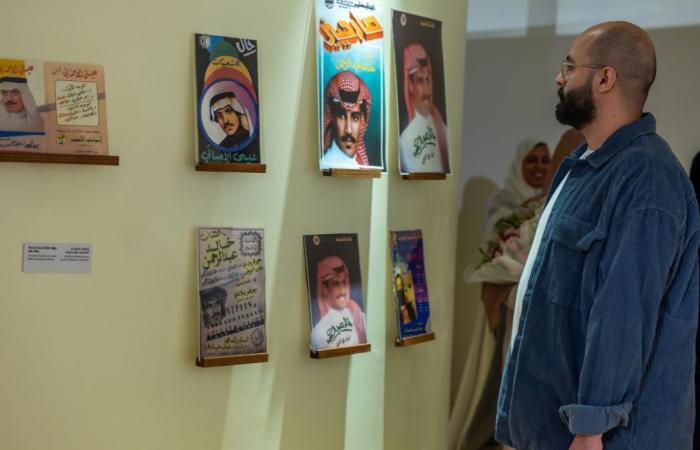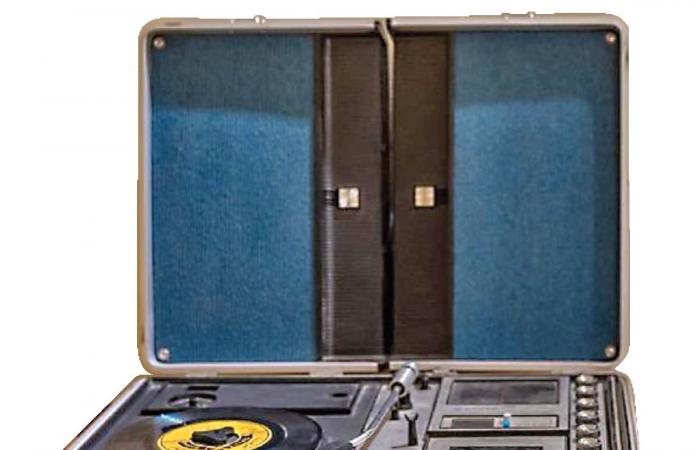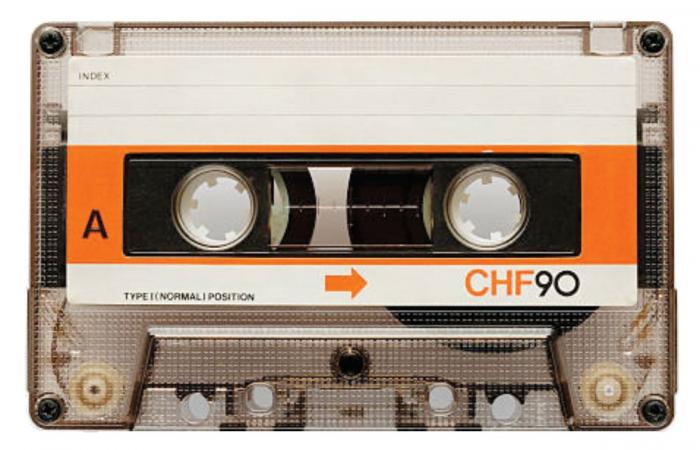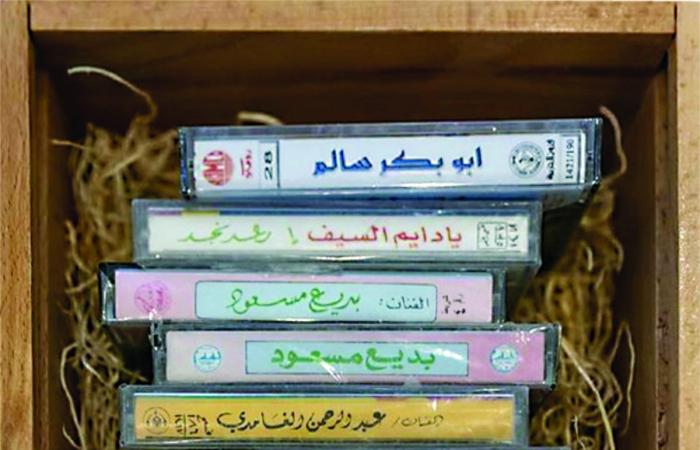Thank you for reading the news about Saudi crown prince offers condolences after death of former Italian president and now with the details
Jeddah - Yasmine El Tohamy - RIYADH: The spiral stairs of the Diplomatic Quarter’s newest art and creative hub, Fenaa Alawwal, is teleporting audiences back to the origins of Saudi sound until Oct. 12 through the exquisite, one-of-a-kind archival collection of Saudi artist Saad Al-Howede.
As audiences are immersed in the works of legends such as Tarek Abdulhakim, who composed the tune of the Saudi national anthem, and the iconic “Queen of Saudi Pop” Etab, the audiovisual exhibition “FenaaPhone” provides a microcosm that encapsulates the nostalgic music of the Kingdom’s heritage.
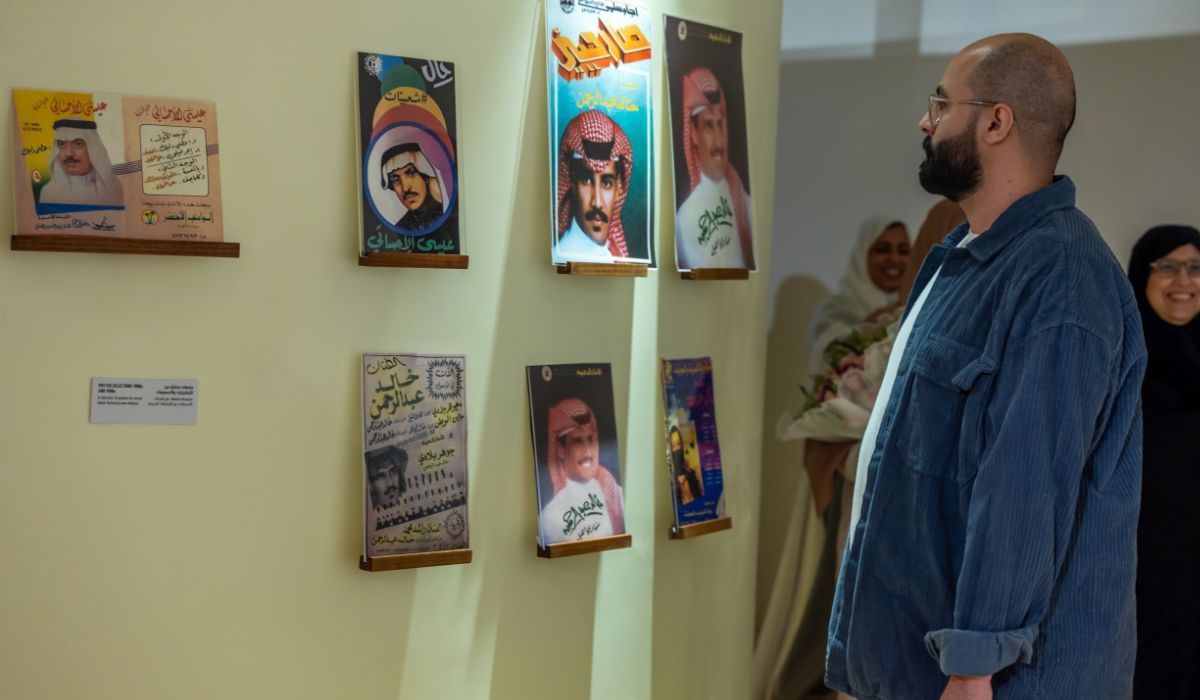
Al-Howede told Arab News: “In Saudi Arabia today, the music and cultural scene is growing and rising, and concerts are in every city and space. I wanted to add to that with the archival collection I have — especially around the Saudi National Day, which is a special celebration for us.
“I’ve collected many national songs in the archives by big artists like Talal (Maddah), Mohammed Abdu, Abadi, the Al-Janadriya Operetta, Rashed Al-Majed, Abdulmajid Abdullah … The exhibit, for me, parallels the cultural and musical scene itself.”
HIGHLIGHTS
• ‘FenaaPhone’ is being held at Diplomatic Quarter’s newest art and creative hub, Fenaa Alawwal, until Oct. 12.
• It was curated by Sawtasura — a research project dedicated to archiving the history of Saudi women through vocal heritage.
• The exhibition consists of five immersive sections across the scenography of the exhibition, designed by Studio Bound.
The event is one of the first to spotlight the emergence of the Saudi pop music scene through a curated dialogue within the timeframe of the late 1950s to the 2000s while also promoting discussion around its significance today.

Curated by Sawtasura — a research project dedicated to archiving the history of Saudi women through vocal heritage — the central principle of “FenaaPhone” is to provide a framework for younger generations to learn about the fast-growing industry.
Tara Al-Dughaither, founder of Sawtasura, told Arab News: “I thought it was important in this moment, where the music industry is growing in a different direction, to understand what it was originally like — and not to think that there wasn’t one before. It was rich and active for so many years.
I thought it was important in this moment, where the music industry is growing in a different direction, to understand what it was originally like — and not to think that there wasn’t one before.
Tara Al-Dughaither, Sawtasura founder
“I felt that it’s important to have the context, in general, of how pop music emerges, because that’s a story that’s relevant and familiar worldwide. To also place the history of music here is not different.”
The trove of collected items lie in five immersive sections across the scenography of the exhibition, designed by Studio Bound.
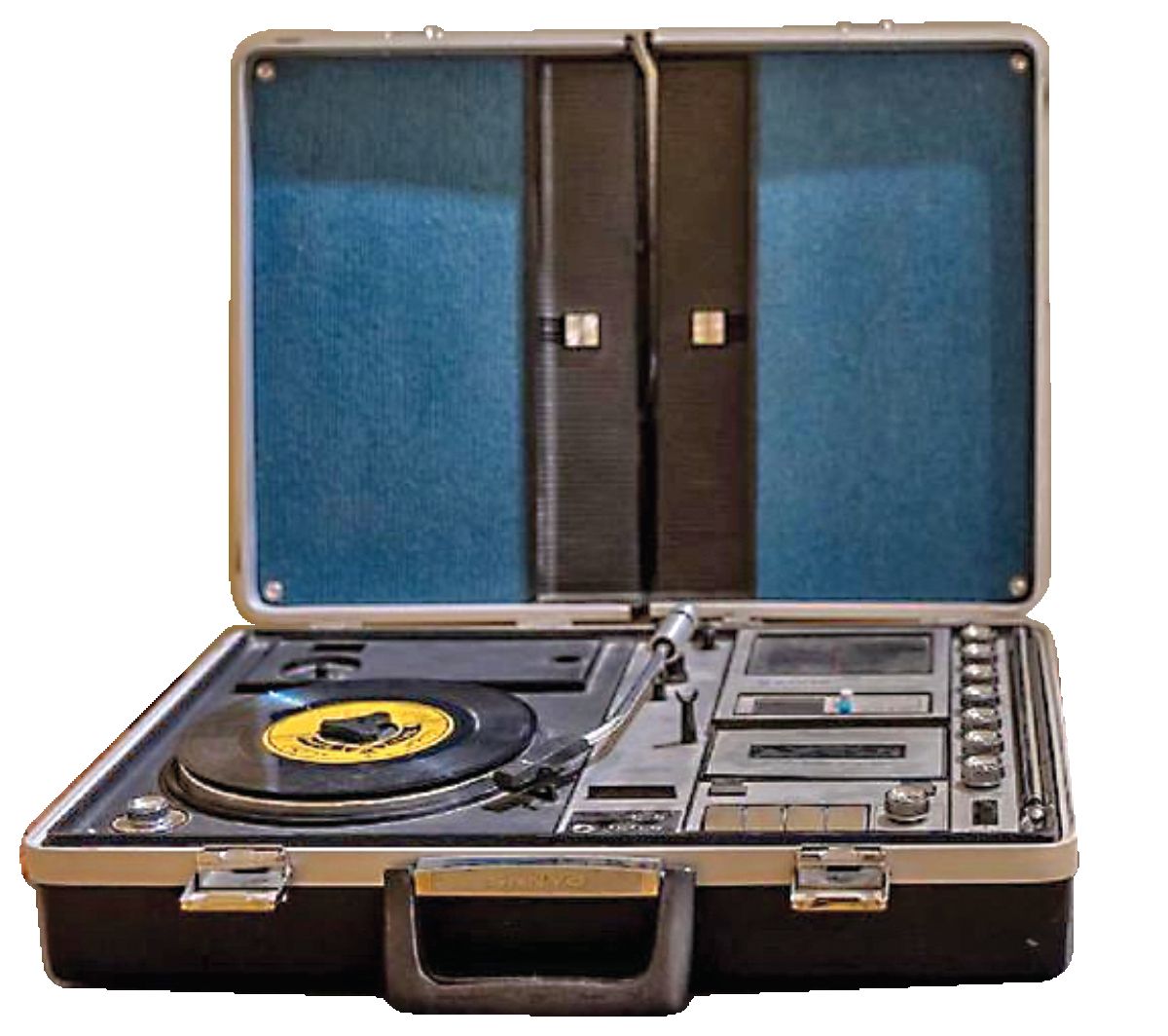
The journey begins at “Folk to Formal,” where audiences can uncover some context about the music sphere pre-1960s in the region. Music was rooted in native forms of poetry and composition, usually to serve as entertainment or comfort mechanisms during various occasions like weddings or eulogies. Many musicians at the time used the oud, a string instrument, to distinguish their sound including Fahad bin S’ayyed, Mukhled Atheyabi, and Abdullah Al-Salloum.
The section also features a rare magnetic wire recording of the song “On the Road for Prayer” by Isaa Al-Ahsa’l recorded in the ‘50s.
The “Turning from Within” section proceeds from the mid 1960s to late 1970s, where record stores began emerging amid the rise of urban life. This period also showed an increase in establishing private, artist-owned studios and Saudi-owned record companies, as well as women’s access to these spaces as essential figures in the industry.
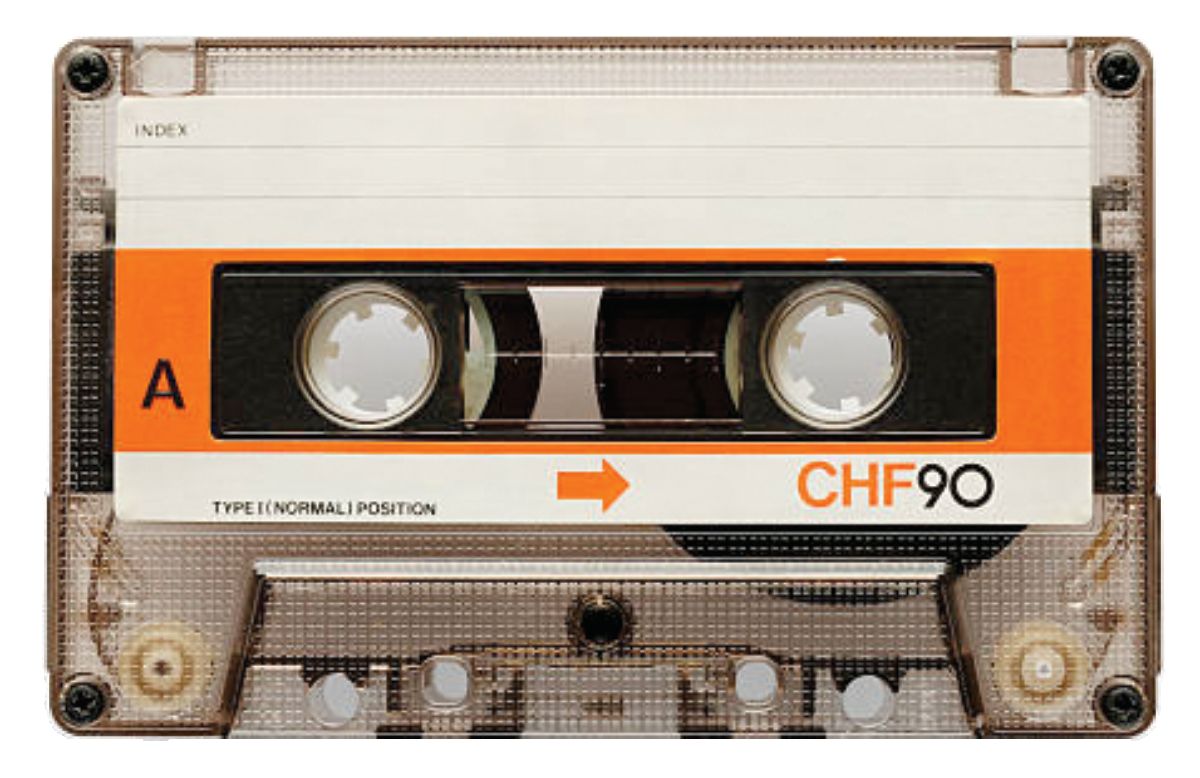
“We Are Now Live” displays the scene from the early 1980s onwards, where a film recording shows Mohammed Abdu’s 1983 performance in London on display along with press materials of the historic event. Other international performances by artists like Abu Bakr Salem are also displayed.
Throughout the “Make It Pop!” section is a decade of Saudi pop stories published in Arab print publications highlighting events from 1982 to 1992. Many of the works point to Etab, who is the first Saudi female singer to go public and achieve regional star status. Her work transcended regional boundaries, making her an inspiration for many artists at the time — and even now.
“Voices of the Current” features re-imaginings of the poster graphics of 14 influential Saudi artists who helped shape the scene, selected by Sawtasura’s archive assistant Sara Al-Ourfi and designed by Lina Amer.
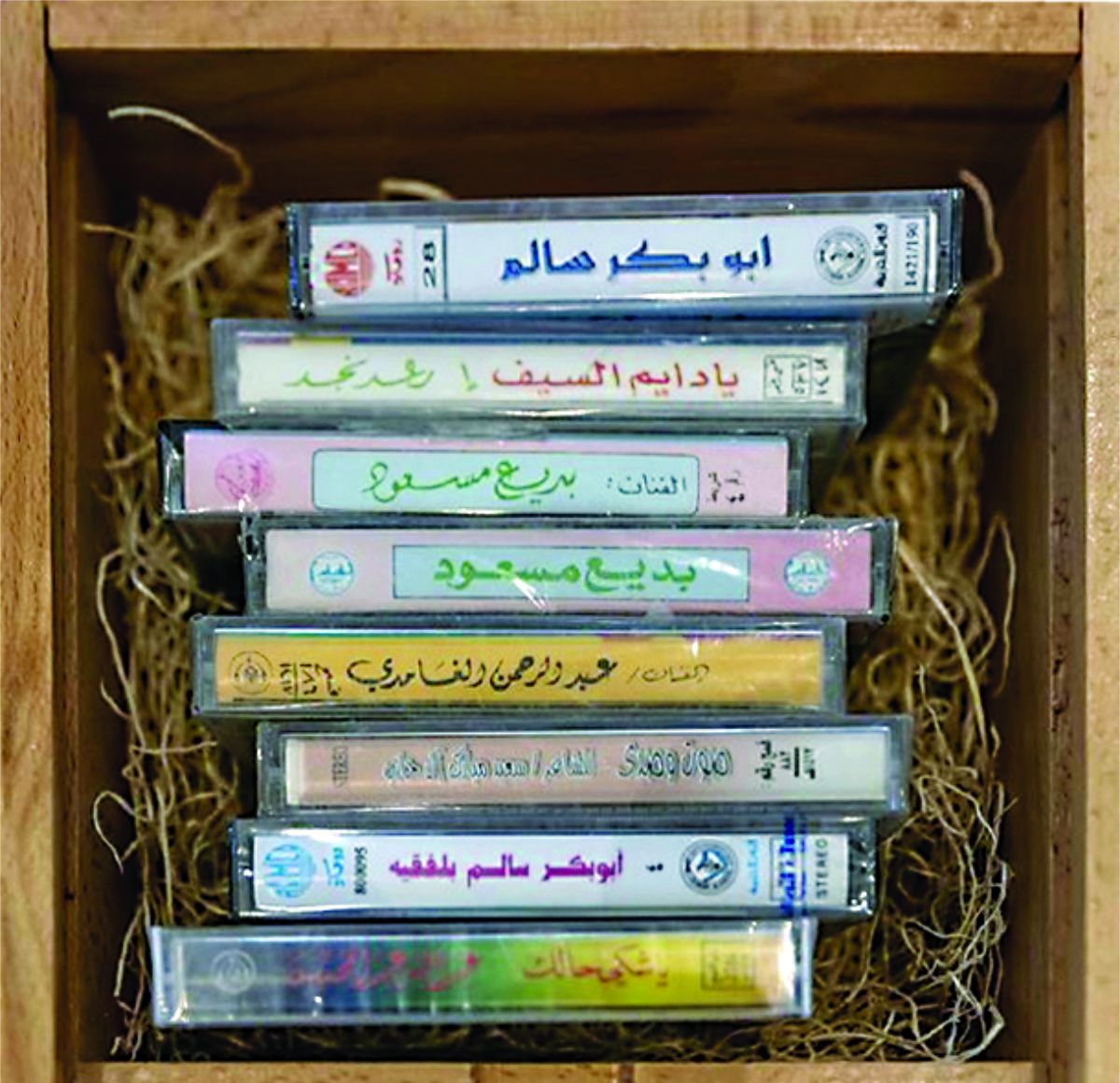
The exhibition creates an encapsulated experience of the past, offering audiences a chance to immerse in history, listen to authentic live performances, and contrast past writings with modern perspectives. Much of Saudi Arabia’s music content can be found on Youtube and various sites, but none of these are currently mediated.
Al-Dughaither said: “I would love people to learn more about the music here and try to build our music scene from the roots … I would also of course like to call for more investment towards these kinds of projects.”
In the last 10 years, Al-Howede has collected items relating to the heritage of the region, whether it be music, films, electronic devices, newspapers, or magazines.
Speaking about what drives him, Al-Howede said: “My motivation was to preserve history, the memory of the person hearing a song, living through it, and enjoying it, where it’s been sung in various occasions and places. I want people to live through that nostalgia when they see this history displayed 30 years, or more, later.”
The “FenaaPhone” exhibition runs alongside a series of panel discussions, music performances, and a pop-up store.
These were the details of the news Saudi crown prince offers condolences after death of former Italian president for this day. We hope that we have succeeded by giving you the full details and information. To follow all our news, you can subscribe to the alerts system or to one of our different systems to provide you with all that is new.
It is also worth noting that the original news has been published and is available at Arab News and the editorial team at AlKhaleej Today has confirmed it and it has been modified, and it may have been completely transferred or quoted from it and you can read and follow this news from its main source.


